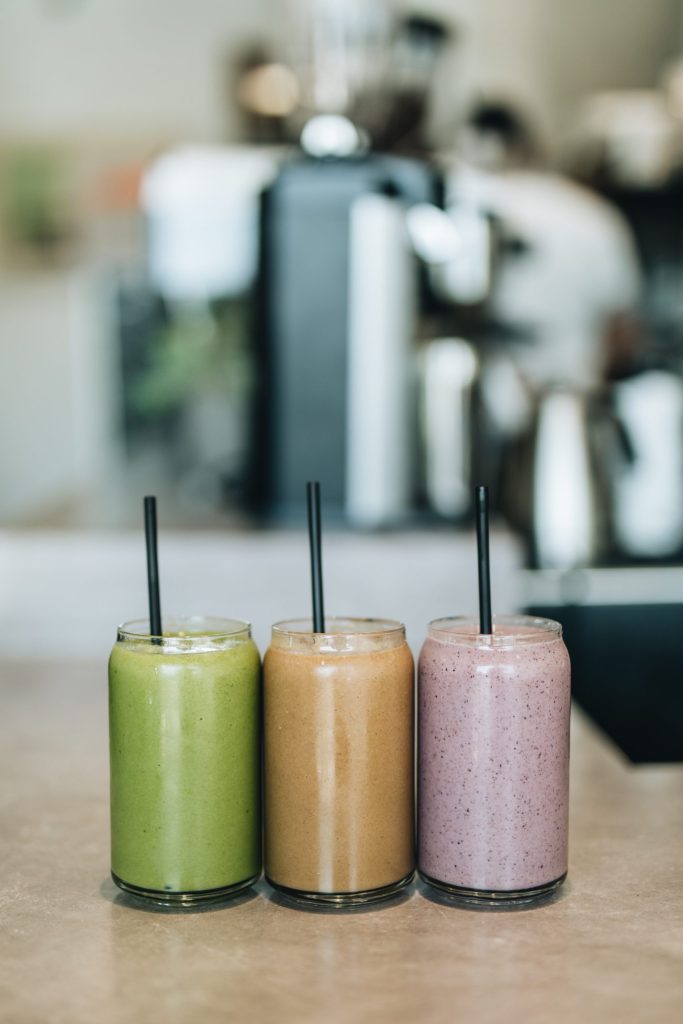Never Leave Out These 3 Metabolism-Boosting Smoothie Ingredients
- Category: Recipes & Wellness
- Posted On:

We can thank smoothie giants like Jamba Juice and Smoothie King for our perception of what a healthy smoothie looks like. But the truth is, many of the options on menu boards fall in line with a “treat” more than a healthy, satiating meal.
That’s because smoothies are often loaded with sugar and… not much else. When you frontload your day with a sugar bomb and no satiating ingredients like healthy fat or protein, this causes an insulin spike first thing in the morning, followed by a crash a couple of hours later (i.e. more sugar cravings and hunger pangs).
But the good news is, there are so many additions that you can throw in a morning smoothie to make it more metabolism-supporting. Here are three steps to build a better breakfast smoothie.
Start with Some Protein
Protein is one of the most satiating ingredients we can throw in a smoothie. Adding one or more of the options below will help your smoothie keep you full and focused longer.
- Plain Greek yogurt
- Protein powder
- Collagen peptides
Next, Add Healthy Fat
While we’re adding satiating ingredients, don’t forget about healthy fat. Prioritizing some healthy fat inside a breakfast smoothie keeps us full by slowing digestion down and preventing blood sugar spikes. Fat is also important for nutrient absorption and brain health! Here are some options to try:
- Nut butter (check out these options)
- Half an avocado
- MCT oil
- Coconut milk or coconut water as the base
Finally, Vegetables and Fiberful Seeds
Smoothies are some of the easiest ways to sneak vegetables into your diet. While leafy greens like spinach or arugula will change the color of your smoothie, most people find that a handful of greens is undetectable since the sweetness of fruit overpowers them. Next time you make a smoothie, don’t forget to toss in one or more of these:
- Spinach
- Arugula
- Kale
- Microgreens
- Pumpkin puree
- Cauliflower rice
- Chia seeds
- Flax seeds
Other Smoothie Ingredients

Options for the liquid base: Popular choices include milk, non-dairy milk, coconut water, iced coffee or tea, and juice. If you want to punch up the protein, go for milk or pea protein milk, which contains 8 to 10 grams per cup. If you’re getting ample protein from another source, coconut water or almond milk are lighter ways to go. A splash of juice is a great way to add sweetness to your smoothie, but if you’re going this route, be mindful of other sweeteners.
And fruit, of course! Opt for ½ cup to 1 cup of fresh or frozen fruit. Excellent fruit bases include strawberries, blueberries, mangoes, bananas, pineapple, cherries, and peaches. If you opt for frozen fruit, it can be more affordable than fresh and replaces the need for ice in a smoothie.
Flavor boost, anyone? Flavorful sprinkles include cocoa powder, cinnamon, turmeric, ginger, and unsweetened matcha powder. These bring more complexity to your smoothie and can also bring other health benefits.